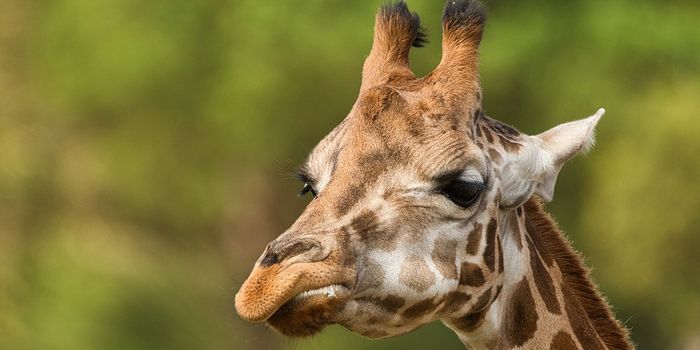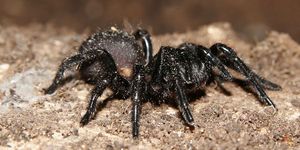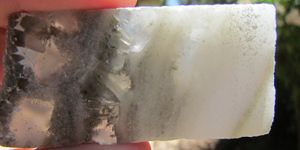As Spring rounds the corner we all start to get antsy to get outside again. But lurking in that fresh foliage are ticks - small arachnids that carry various diseases. The deer tick is perhaps the most dangerous of them all, infamously known for transmitting Lyme disease from the deer and other animals it lives on to the humans it bites. The CDC reports that every tick season, up to 300,000 are infected with Lyme disease, but only about 30,000 cases are actually diagnosed because symptoms can often appear like the flu.
However Lyme disease is by no means as short-lived as the flu. Many people experience chronic and debilitating joint pain and fatigue. The disease can even affect your memory and thinking capacities because it causes inflammation to the nervous system. Caused by the bacteria borellia burgdorferi, the disease has been around for quite some time - 15 to 20 million years! Basically ever since humans have been getting bitten by ticks!
Although the disease is curable, the longer it goes unnoticed and untreated, the longer symptoms will subsist. Additionally, the characteristics of the bacteria that produce dormant persister cells make it very difficult to eliminate from the body. Because of this, many people live with post-treatment Lyme disease, which does not yet have a guaranteed cure.
By far the best way to fight Lyme disease is to avoid ticks all together. This means doing tick checks on your body and clothing (and your children and pets too) every time you enter and leave an area where ticks are likely to live (forests, marshes, pastures, etc.). Using bug repellent and essential oils such as lavender, lemongrass, and eucalyptus can help ward away ticks too. And long clothing will keep your skin safe from any invaders. If you do think you've gotten bitten, be sure to check with your doctor!








